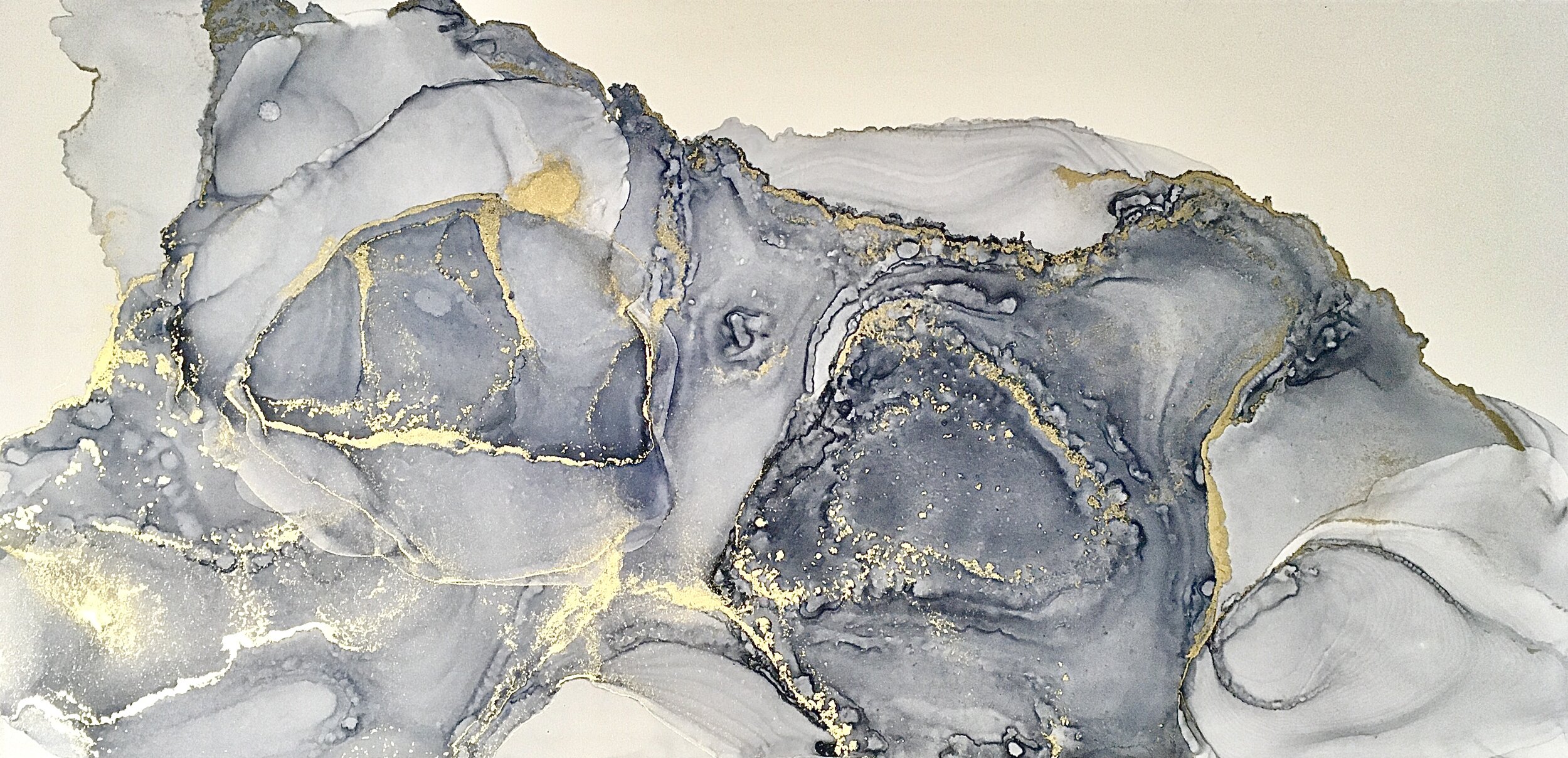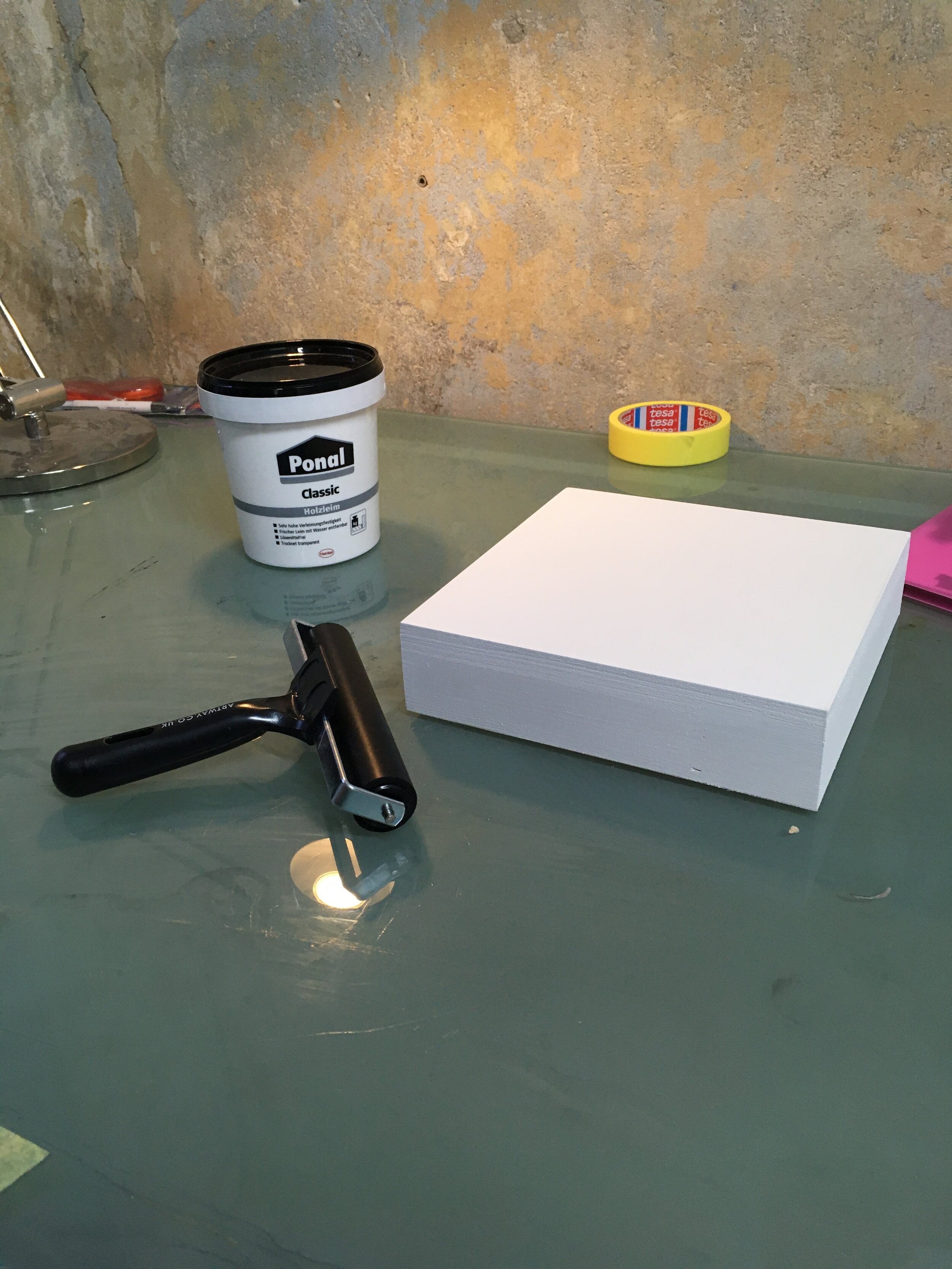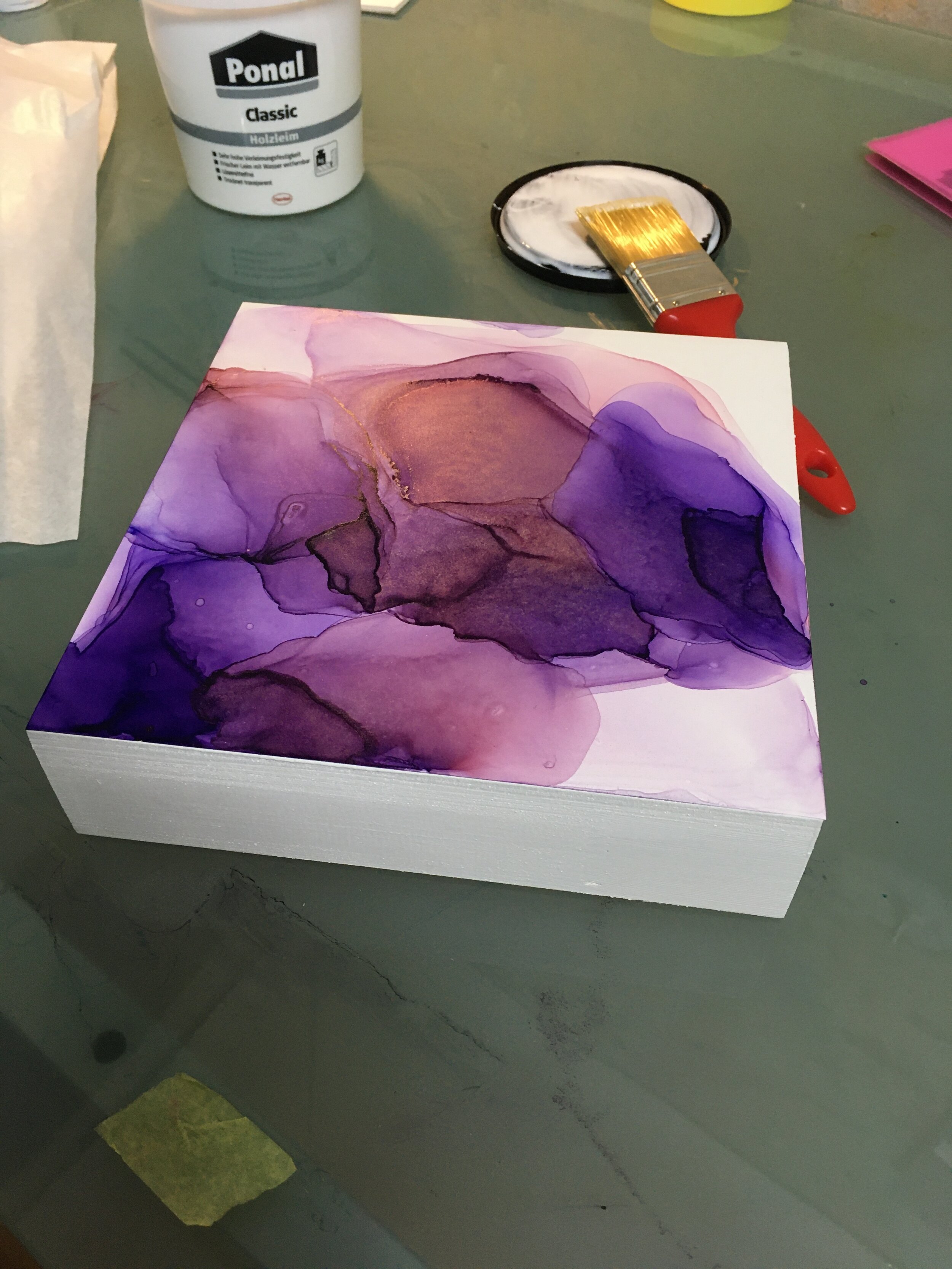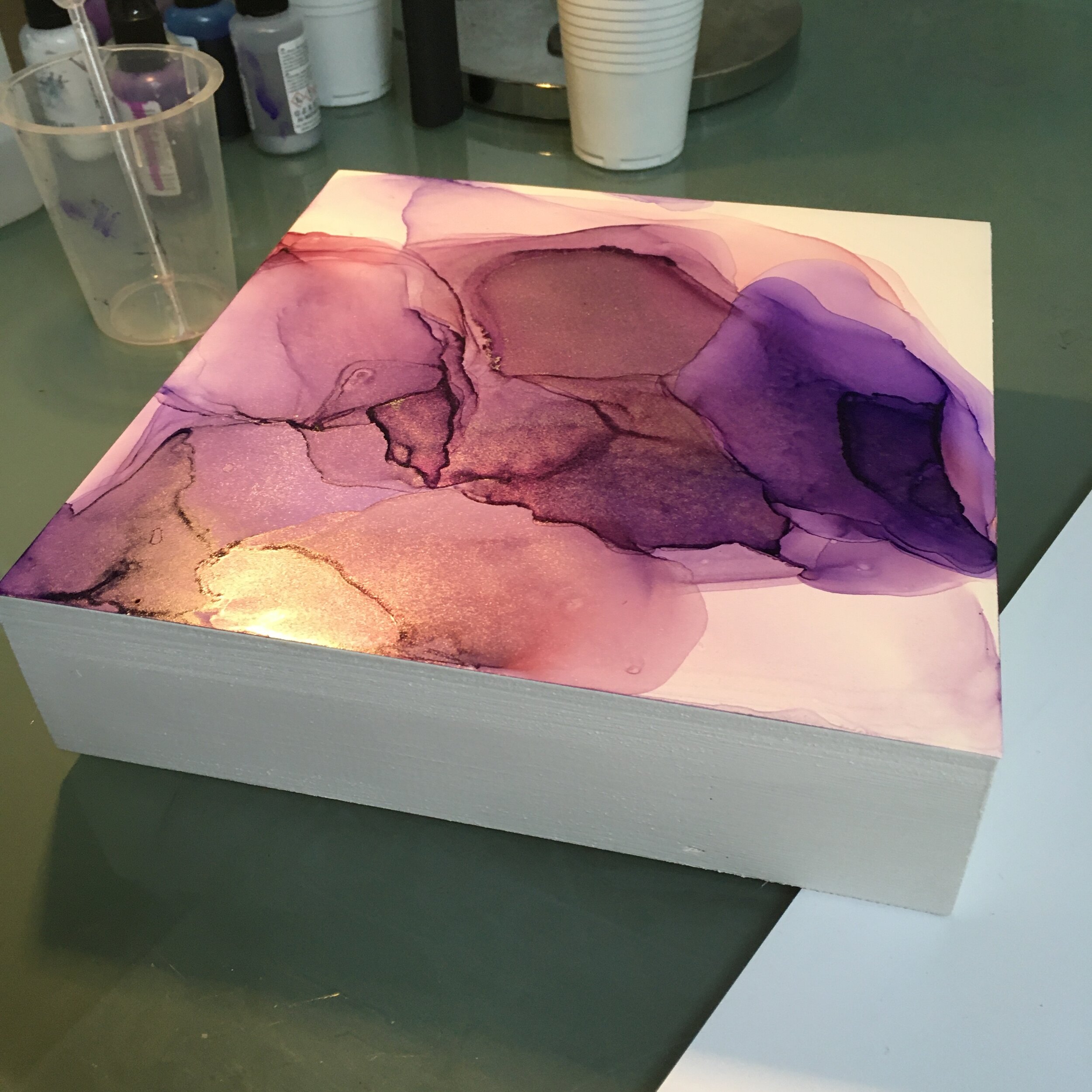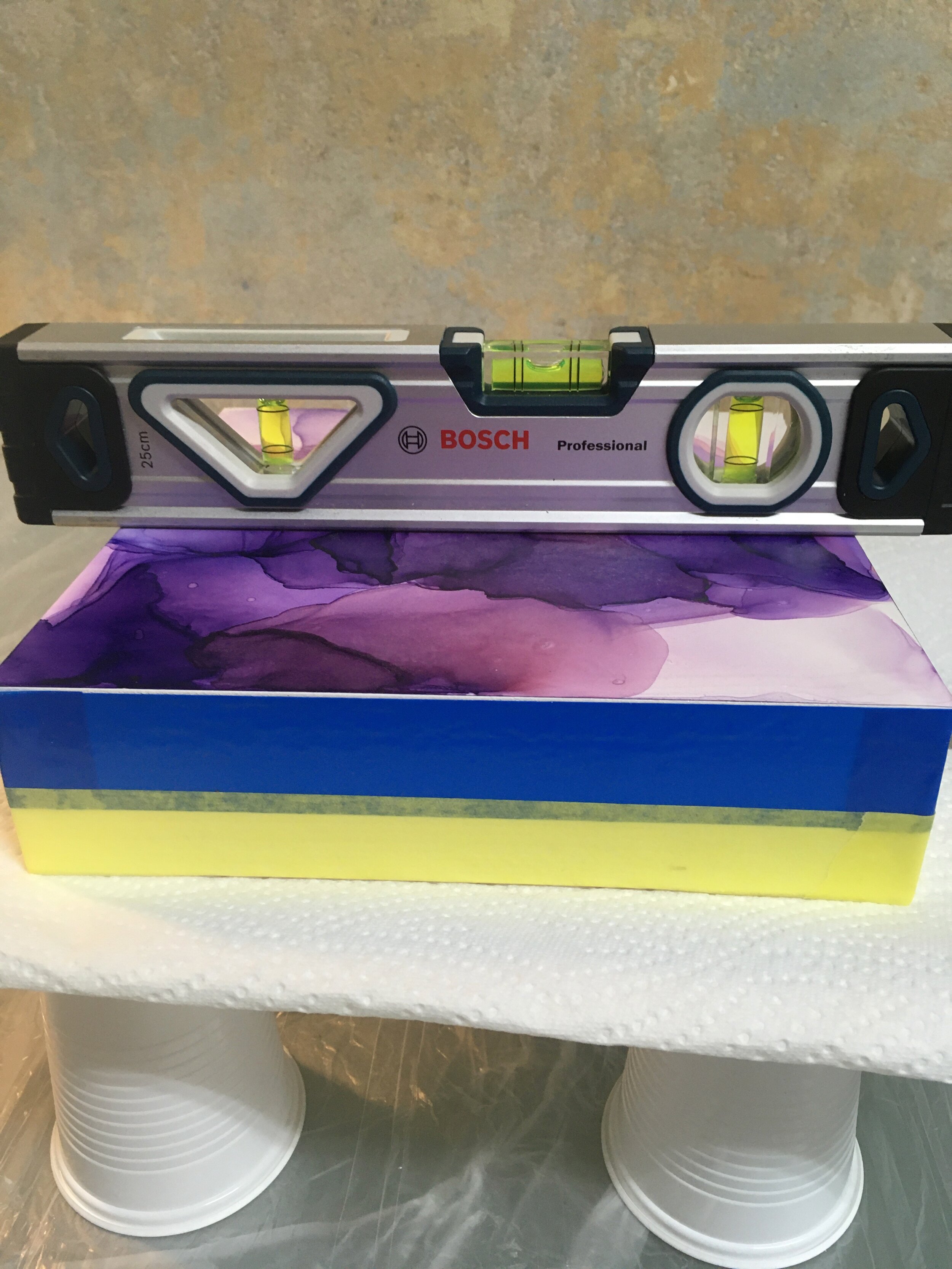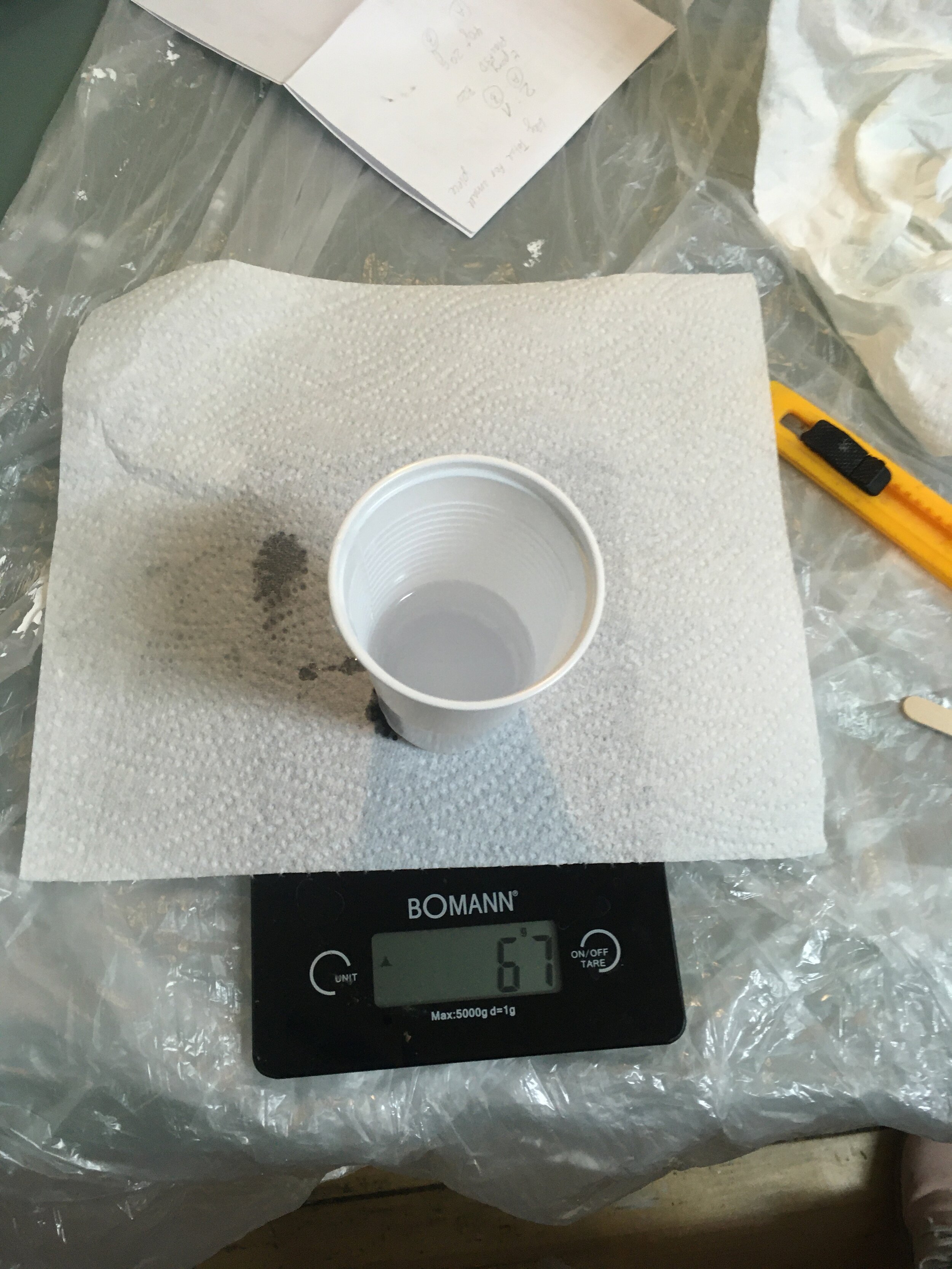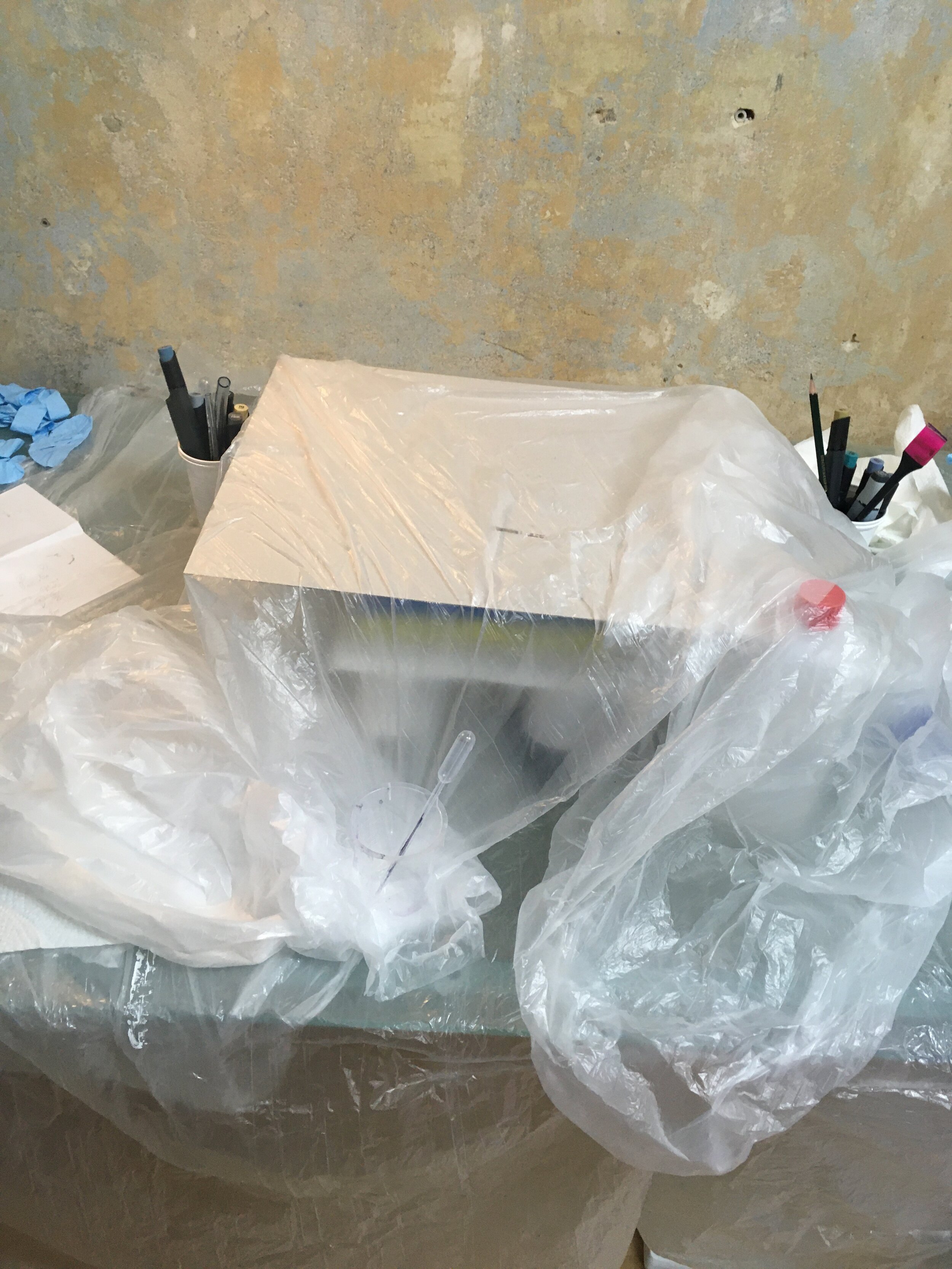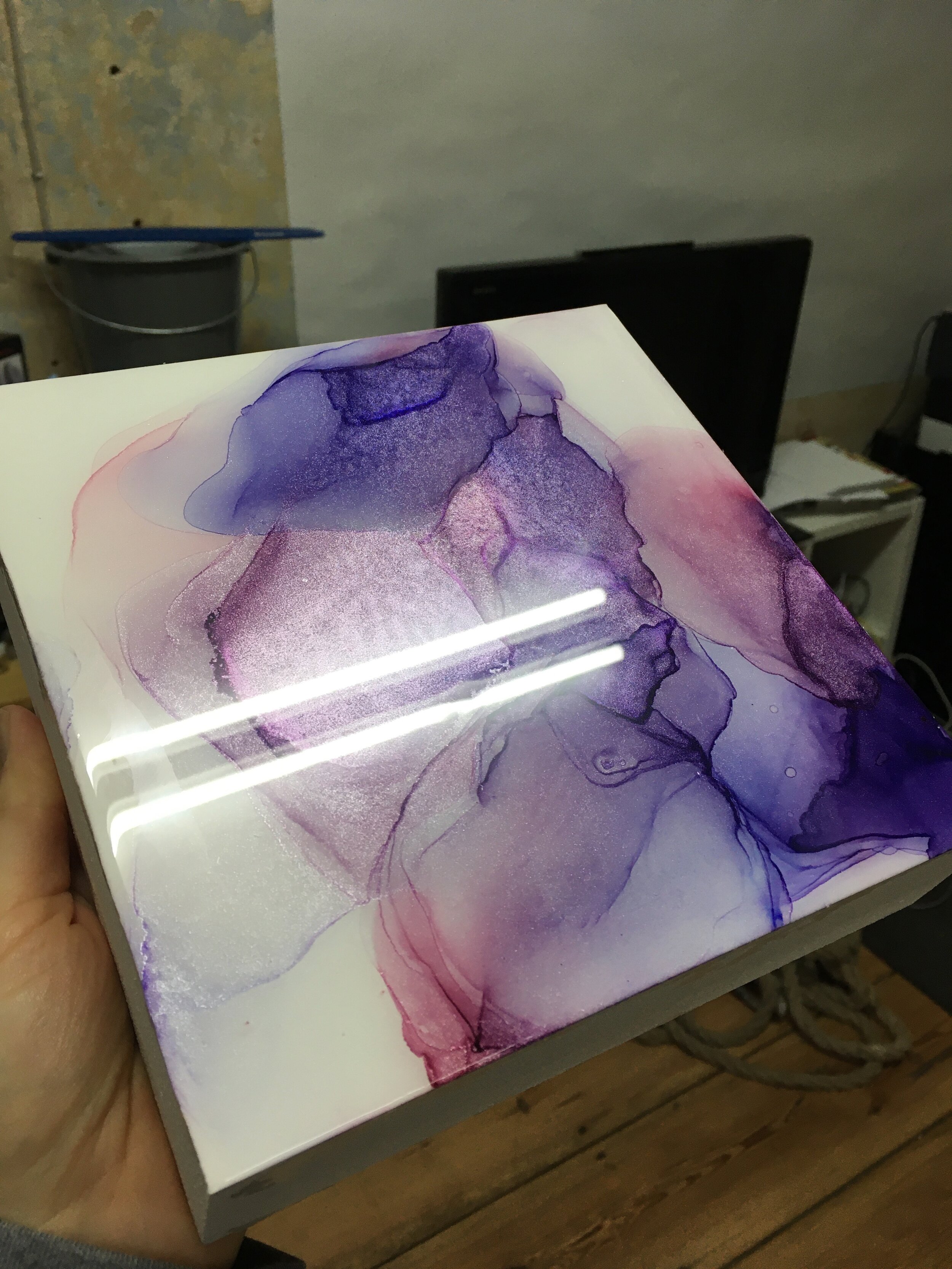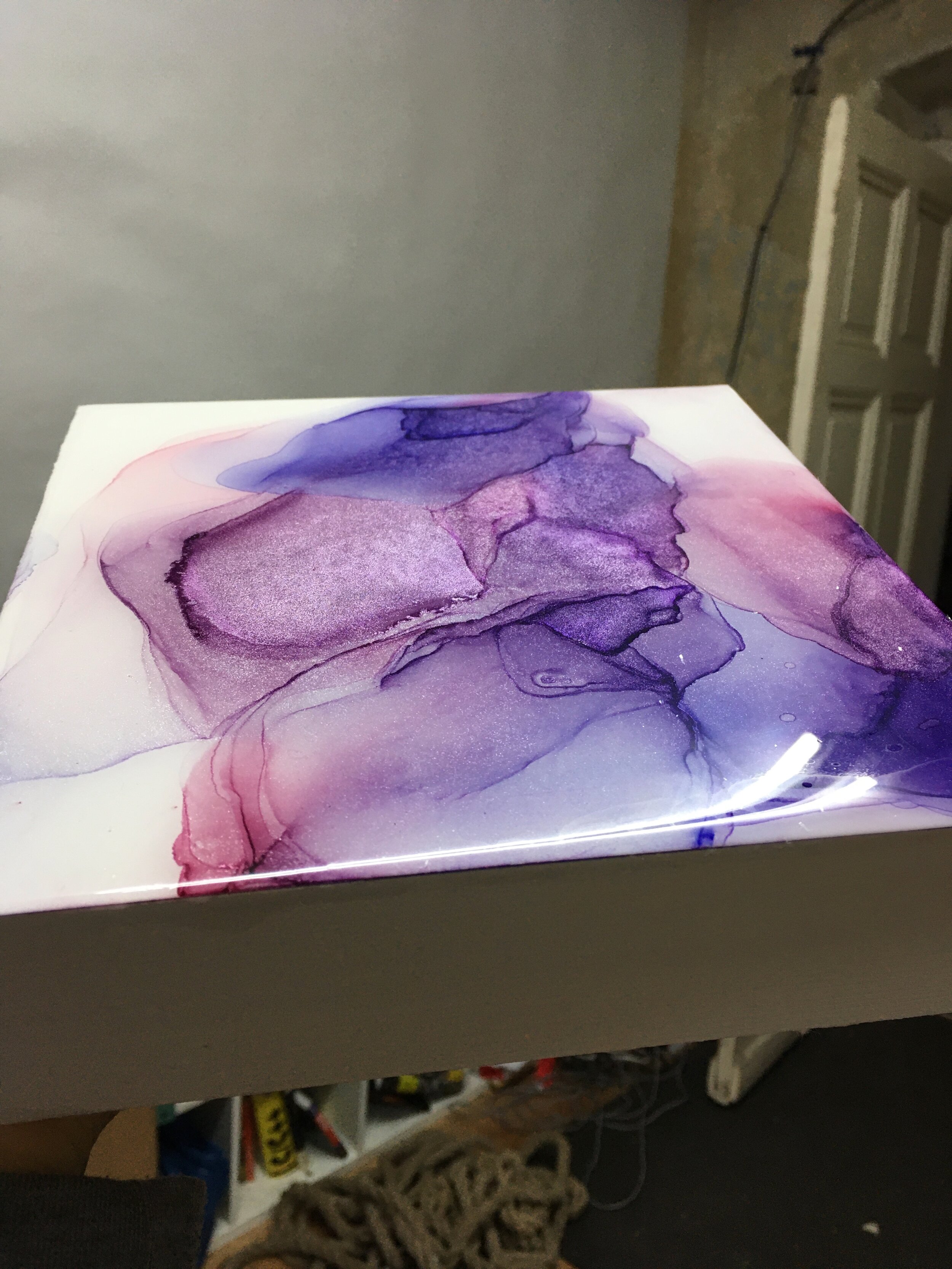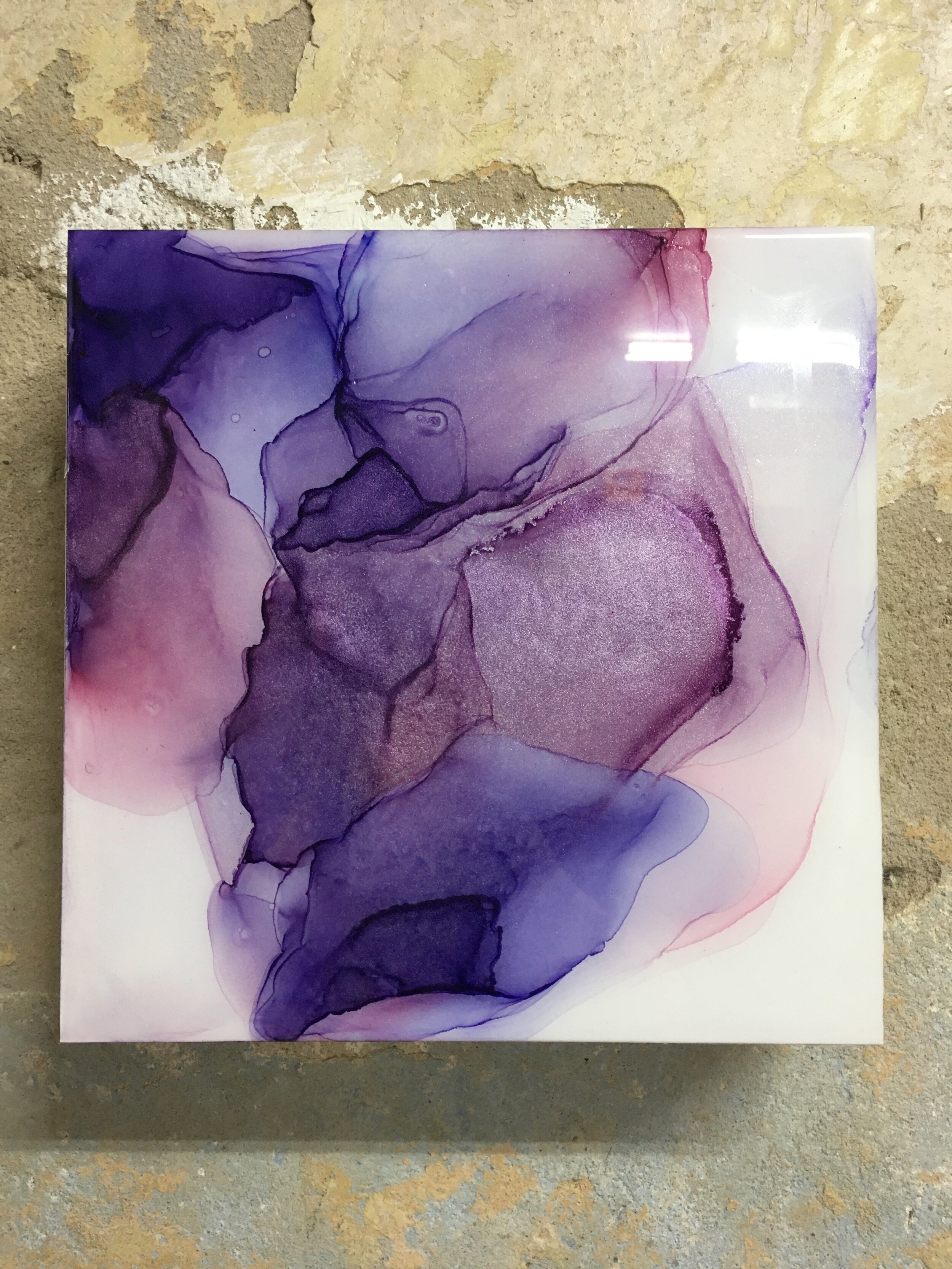Hello Artlovers,
End of July I received the opportunity to display some of my artworks at the culture center of Beyond Limits e.V. Berlin (Seumestraße 2, 10245 Berlin). This non-profit organization many events on a weekly and monthly basis (concerts, exhibitions, yoga and dancing classes, diverse workshops…). They further foster inclusion by providing a cultural space and events that help people with disabilities to connect.
On the end of every month, they give artists from different fields the chance to showcase their talent in the “Share”-event. This event allows artists to show their works in progress, discuss and network.
For the “Share”-event at the end of July, I decided to apply with two resin and two alcohol ink artworks. I still have the feeling that not many artists in Berlin use these kinds of media, and thus, I wanted to awake interest for these painting techniques. In the evening of the 30th, all artists got together to talk about their work or give a performance. Two professional dancers gave an impro-performance and another artist organized a collage workshop. There was even a small fashion show and a short movie with a dance performance and a follow-up discussion. I enjoyed the evening a lot and I do recommend everyone, who would like to share what they are passionate about, to participate. You can easily get into contact via their website (http://beyondlimitsberlin.eu) or the instagram account (beyond.limits.berlin).
I am currently planning my next exhibition, so stay tuned for another blog post!
